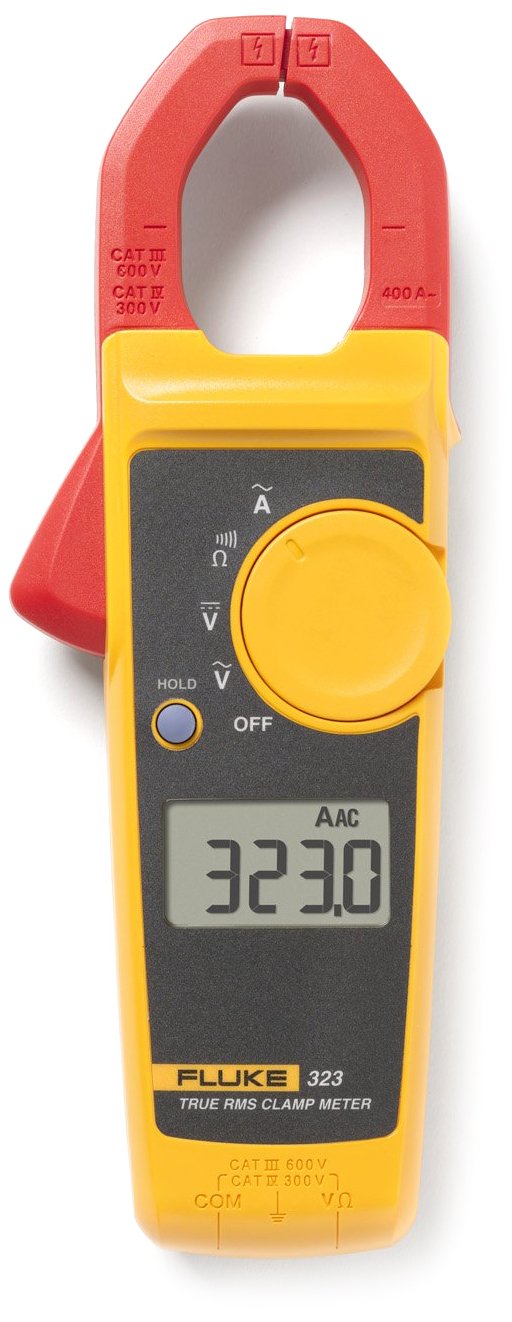CanadianNorth
Well-Known Member
I have been running my own little 'electric' brewery for a couple of years.
My kettle has a 5500 watt 220v element in it, and I would typically bring my wort to a boil, then simmer at 40%.
Recently, i noticed that it took much longer to bring my wort to a boil, and my 'simmer' required closer to 75-80% heat.
I did a test through beertoolspro, and it seems like my element is putting out 1800-2300 watts...........
I'm wondering what happened!!!! If I was somehow running 120v through the element I should only get 1/4 power, i seem to have 1/2 all of a sudden......
I've never seen this before, any suggestions?
thanks
My kettle has a 5500 watt 220v element in it, and I would typically bring my wort to a boil, then simmer at 40%.
Recently, i noticed that it took much longer to bring my wort to a boil, and my 'simmer' required closer to 75-80% heat.
I did a test through beertoolspro, and it seems like my element is putting out 1800-2300 watts...........
I'm wondering what happened!!!! If I was somehow running 120v through the element I should only get 1/4 power, i seem to have 1/2 all of a sudden......
I've never seen this before, any suggestions?
thanks




